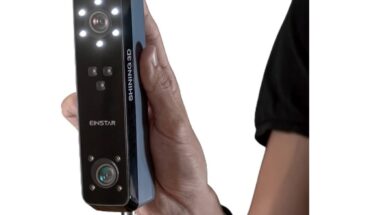
Note (1): This post was originally posted as this on r/AskScienceDiscussion on October 7, 2024, but it was effectively immediately removed by the moderators there for reasons I do not fully understand. I’m reposting it here as I think it’s probably a better fit here. This is its body text, verbatim:
Note: This post is derived from one in storage since July 14, 2023, but my perfectionism prevented me from posting it at the time.
For instance, say we wanted to create a 3D map of molecular concentrations and qualities in interstellar space within a radius of several light-years from Earth. It would be obviously impractical to create such a map “from the outside”, especially because such voyages would have to be done without the very useful knowledge of the above, but would it be possible to do it from the inside—say, through a set of TAU)-like spacecraft (obviously easier to create than proper interstellar ones)—using parallax and other techniques?
I ask as I know “inside-out” reconstruction is possible with acceptable results to determine surfaces of opaque objects, but all techniques for 3D reconstructing translucent objects (for instance, CT) seem to require an “outside-in” approach. Also, I don’t mean that these “in-object probes” would exclusively contain outwards-facing sensors—sensors facing all directions could be included if that would improve reconstruction, though I still don’t know if accurate reconstruction of outside features would be possible even with those.
submitted by /u/GrantExploit
[visit reddit] [comments]
Source link





